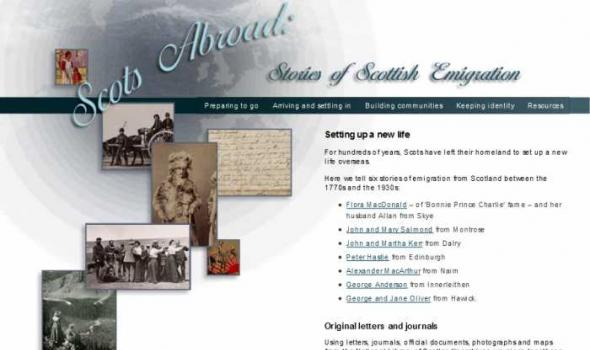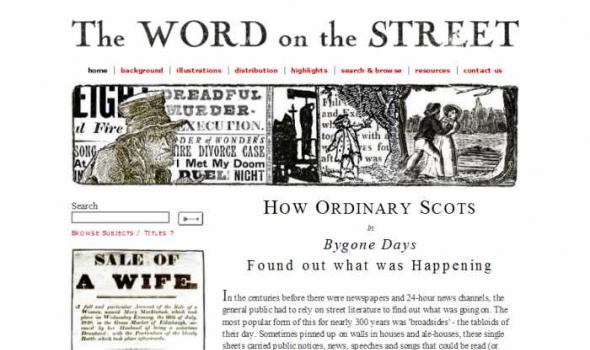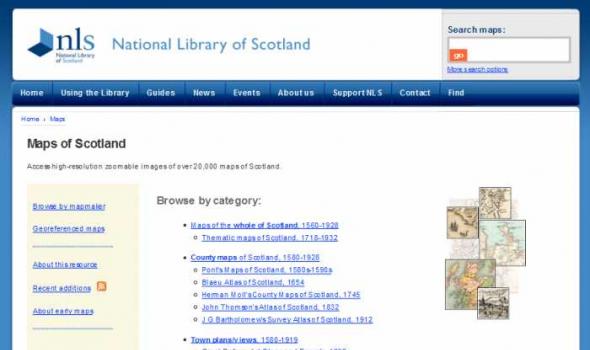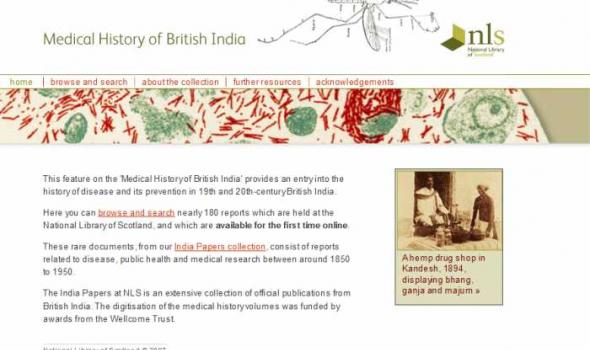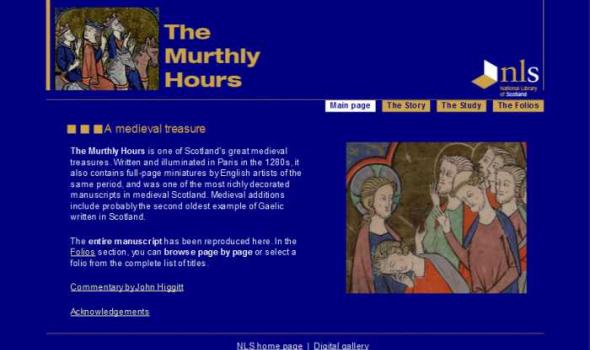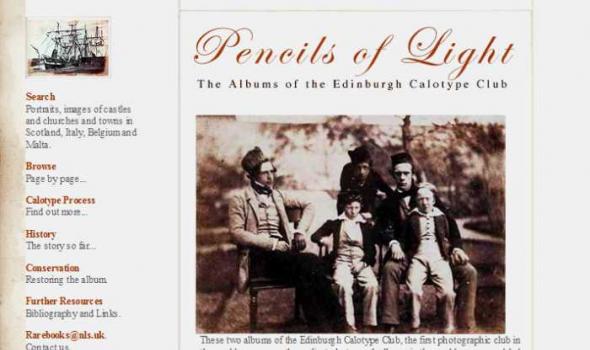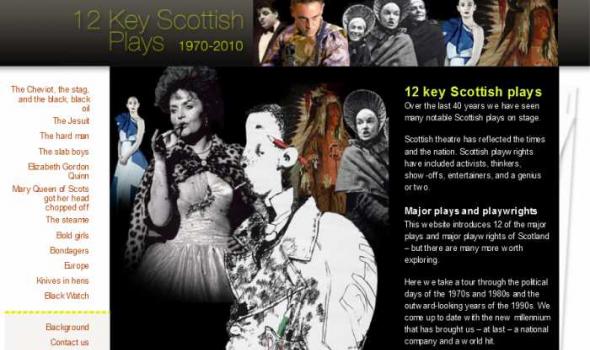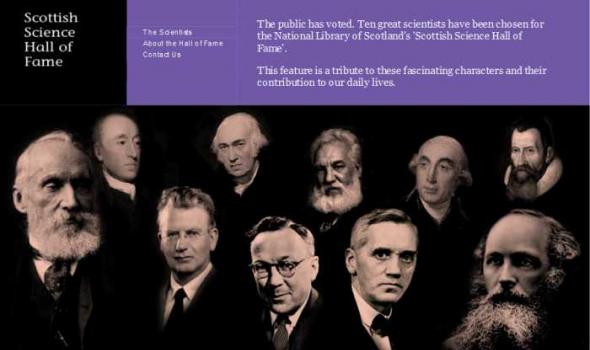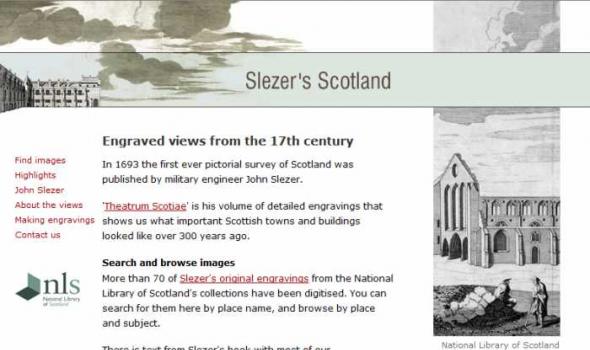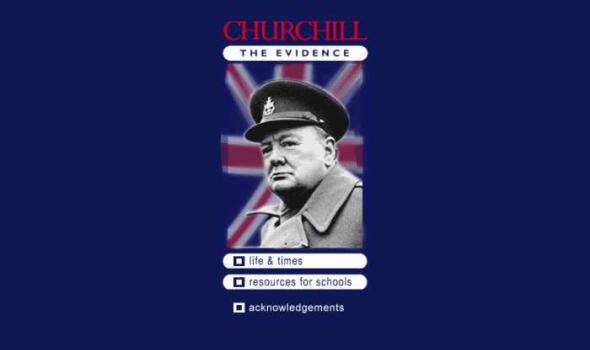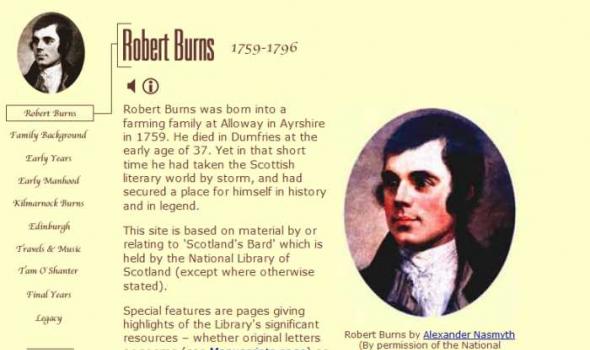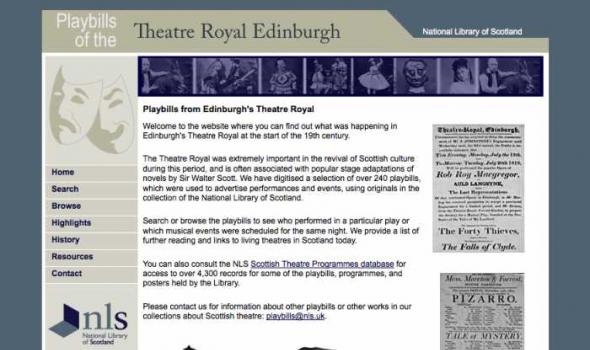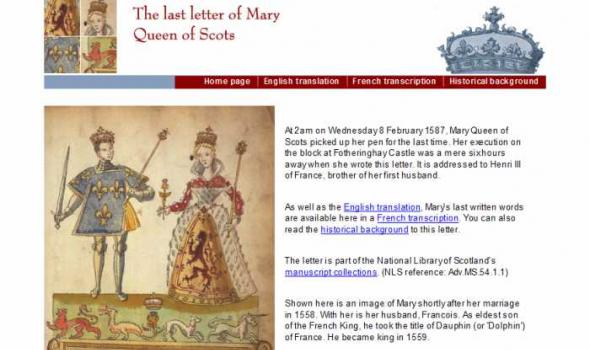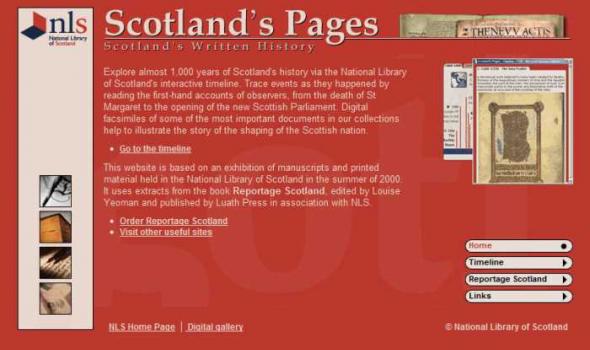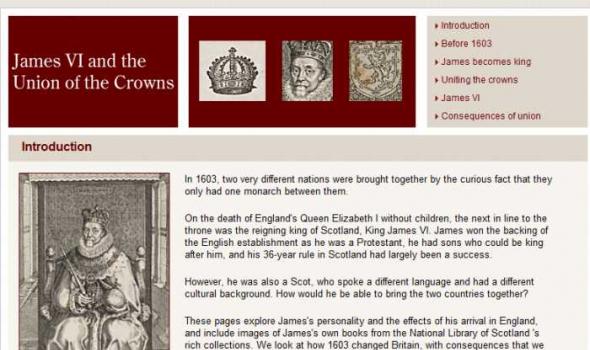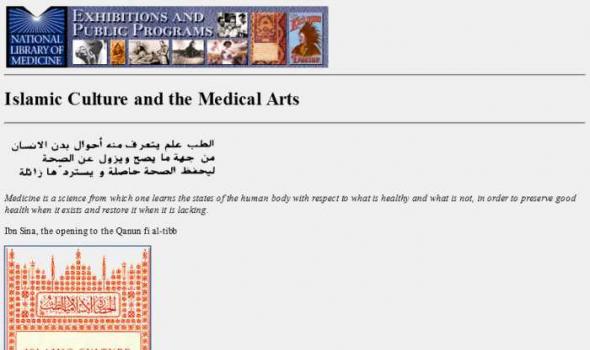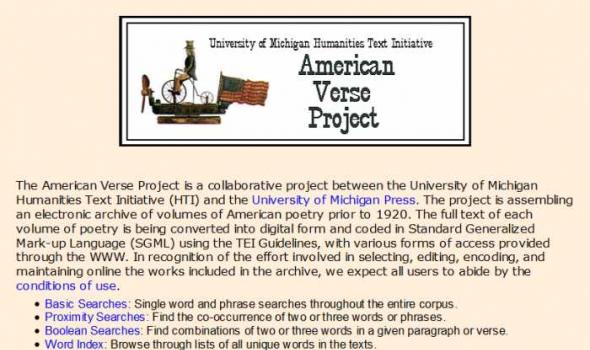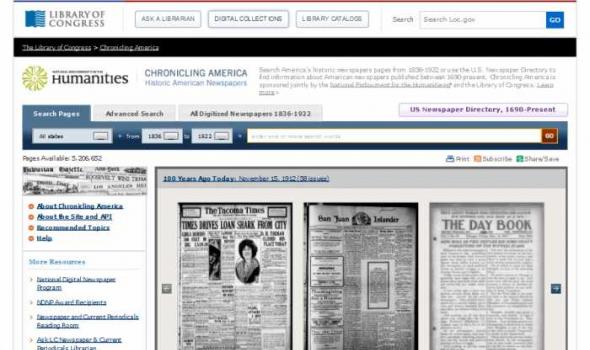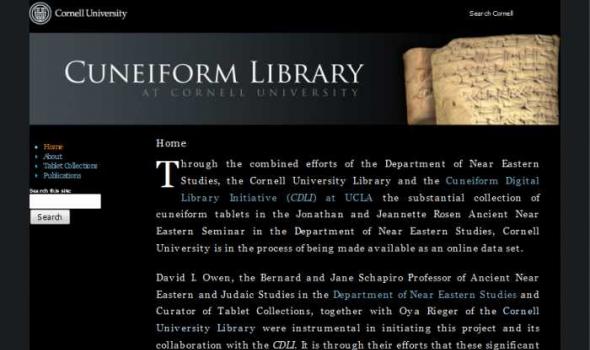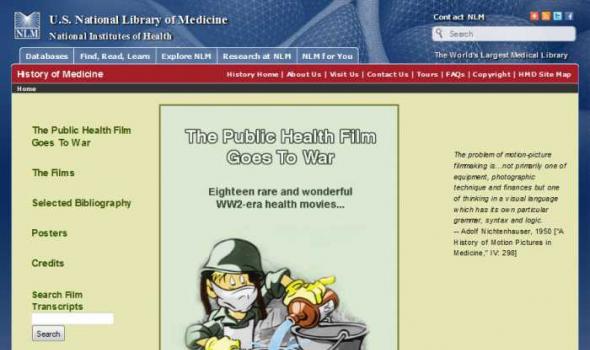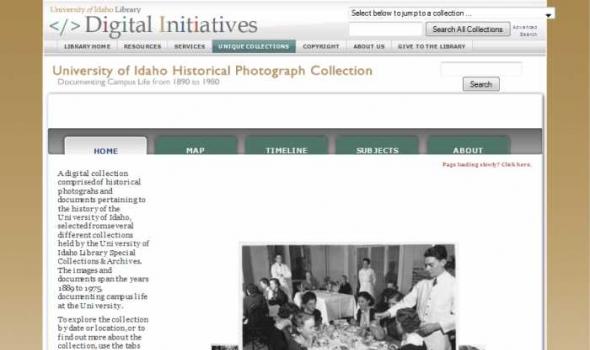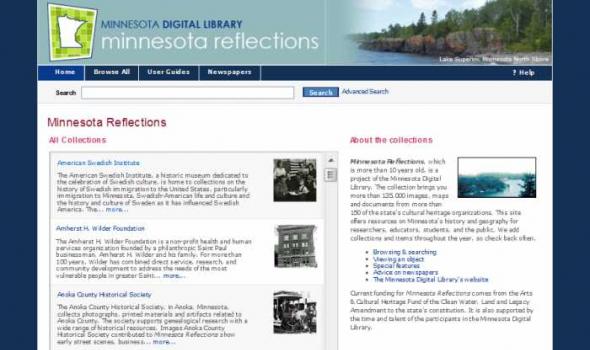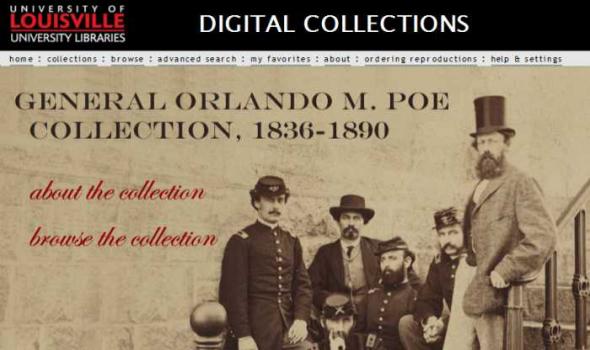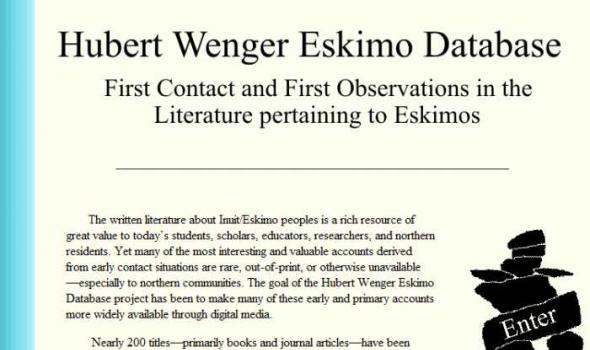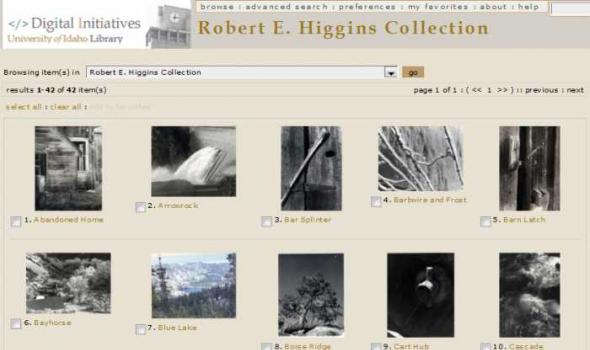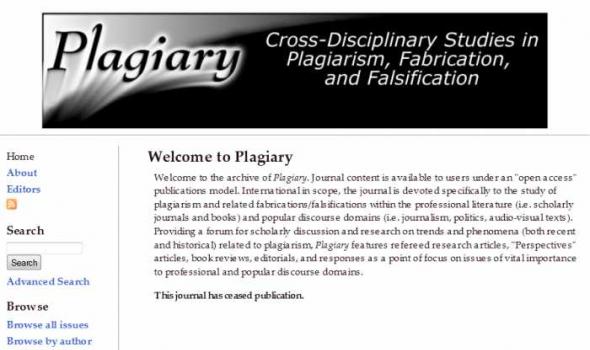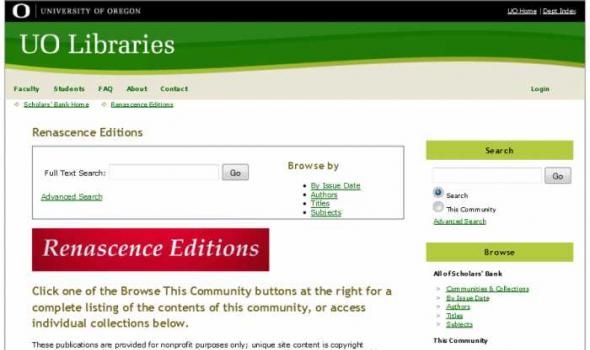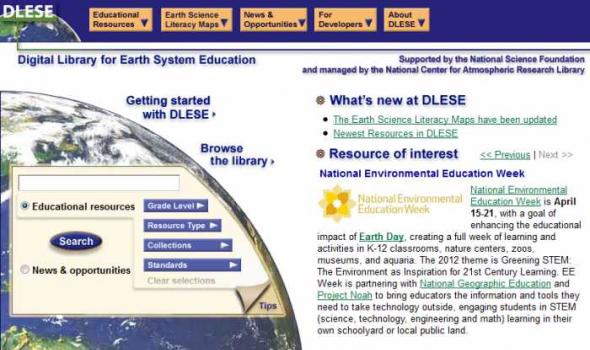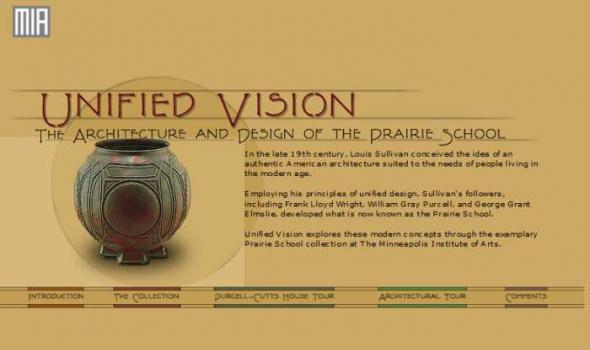National Library of Scotland
For hundreds of years, Scots have left their homeland to set up a new life overseas.
Here we tell six stories of emigration from Scotland between the 1770s and the 1930s:
* Flora MacDonald – of 'Bonnie Prince Charlie' fame – and her husband Allan from Skye
* John and Mary Salmond from Montrose
* John and Martha Kerr from Dalry
* Peter Hastie from Edinburgh
* Alexander MacArthur from Nairn
* George Anderson from Innerleithen
* George and Jane Oliver from Hawick.
Original letters and journals
Using letters, journals, official documents, photographs and maps from the National Library of Scotland's archives, we piece together a picture of Scots abroad.
In the centuries before there were newspapers and 24-hour news channels, the general public had to rely on street literature to find out what was going on. The most popular form of this for nearly 300 years was 'broadsides' - the tabloids of their day. Sometimes pinned up on walls in houses and ale-houses, these single sheets carried public notices, news, speeches and songs that could be read (or sung) aloud.
The National Library of Scotland's online collection of nearly 1,800 broadsides lets you see for yourself what 'the word on the street' was in Scotland between 1650 and 1910. Crime, politics, romance, emigration, humour, tragedy, royalty and superstitions - all these and more are here.
About 'Maps of Scotland' In our 'Maps of Scotland' resource you can access and view over 20,000 maps as high-resolution, colour, zoomable images. The maps date between 1560 and 1935 and we have grouped them into several categories. Browse by category The easiest way of finding material is to browse by category . The maps vary in the amount of detail they offer: You can also browse the maps by the names of map-makers, surveyors and engravers . Sets of county maps We have several altases online with sets of county maps : Military maps Another category is of maps made for military purposes , especially those from the 18th century. These include the famous Roy Military Survey of Scotland .
Auchinleck has held a prominent place in discussions of the history and development of Middle English. Its texts provide important information about English dialects at an early stage (the 1330s) and dialect profiles are included in the Linguistic Atlas of Late Medieval English for all five Auchinleck scribes who copy literary texts (it is not possible to analyse the dialect of Scribe 4 as he copied only the Battle Abbey Roll, a list of names). These profiles locate the written language of Scribe 1 in Middlesex, Scribe 3 in London, Scribe 5 in Essex and Scribes 2 and 6 in areas close together on the Gloucestershire / Worcestershire border. Scribes 1 and 3 have received particular attention as they form a basis for M. L.
The Medical History of British India collection consists of official publications varying from short reports to multi-volume histories related to disease, public health and medical research between circa 1850 to 1920. These documents form invaluable source material for the reconstruction of the history of disease and medicine in British India. Although a large section of it has an all-India scope, the collection is especially rich in documents related to Bombay and the Punjab. The Bombay plague of 1896-1899, one of the severest outbreaks, is particularly well covered.
The Murthly Hours is one of Scotland's great medieval treasures. Written and illuminated in Paris in the 1280s, it also contains full-page miniatures by English artists of the same period, and was one of the most richly decorated manuscripts in medieval Scotland. Medieval additions include probably the second oldest example of Gaelic written in Scotland.
The entire manuscript has been reproduced here. In the Folios section, you can browse page by page or select a folio from the complete list of titles.
Early documents relating to events of the past make essential - and fascinating - reading for anyone interested in Scottish history. But these primary sources are often not readily accessible.
Fortunately, many of these rare documents have been published by historical clubs and societies, and are available at the National Library of Scotland.
These two albums of the Edinburgh Calotype Club, the first photographic club in the world, are among the earliest photograph albums in the world ever assembled. They contain over 300 images by a group of pioneering Scottish photographers working in Edinburgh and St. Andrews.
12 key Scottish plays
Over the last 40 years we have seen many notable Scottish plays on stage.
Scottish theatre has reflected the times and the nation. Scottish playwrights have included activists, thinkers, show-offs, entertainers, and a genius or two.
Major plays and playwrights
This website introduces 12 of the major plays and major playwrights of Scotland – but there are many more worth exploring.
Here we take a tour through the political days of the 1970s and 1980s and the outward-looking years of the 1990s. We come up to date with the new millennium that has brought us – at last – a national company and a world hit.
Golf in Scotland: A swing through time
The origins of golf are a matter of mystery and controversy.
Shown here are some of the earliest sources for the history of golf in Scotland. They shed light on the birth of the game, its language, techniques and equipment.
Social side of golf
They also tell us much about the social standing of golf as it developed from an outlawed activity to the world's most internationally important game.
World's first golf club
Documents and texts from the National Library of Scotland's collections and other sources give an insight into the early days of the game.
A GUID Cause, The Women's Suffrage Movement in Scotland - Their struggles for change withing society About This resource will help you to discover more about the history of the women's suffrage movement in Scotland by exploring and investigating archive sources from the National Library of Scotland's collections. Developed by teachers The projects and learning activities have been developed by teachers specifically for use by secondary school pupils and teachers. The activities support the outcomes, experiences and capacities outlined in the Curriculum for Excellence. Activities and research The sources section contains a selection of archive material, including photographs, newspaper articles and diary entries, which help tell the story of women's suffrage in Scotland.
Over the past 300 years or so, Scottish scientists have provided the world with important ideas and inventions. Many of these shape our lives today.
Science is behind many objects we take for granted, such as Alexander Graham Bell's telephone and John Logie Baird's television. It is thanks to scientists like Alexander Fleming that we now have life-saving advances in medicine.
Imagine what life would be like without the work of these, and other, pioneering Scottish scientists.
Mapmaking and printing from 1820 to 2002
The Bartholomew Archive is the remarkable record of the Edinburgh-based firm of map engravers, printers and publishers, John Bartholomew & Son Ltd. It is one of the most extensive cartographic archives available for research in a public institution.
Members of the Bartholomew family were engaged in map-making from the first known map engraving work of George Bartholomew in 1825. John Bartholomew junior started printing operations before 1870. For more than a century afterwards the Bartholomew firm specialised in high-quality map production.
Importance of the archive
The Bartholomew Archive enables us to:
We can trace Scottish printing back to 4 April 1508.
On that date the earliest surviving dated book in Scotland was printed in Edinburgh.
Here you can read full texts of items printed on 33 of the first 38 printing presses set up in Scotland between 1508 and 1900. These have been digitised from the National Library of Scotland's collections.
They include that first dated printed book – see The Complaint of the Black Knight, printed by Chepman and Myllar.
You can also trace the geographical spread of printing in Scotland, from the first printing towns to the 'printing revolution' in the 19th century.
In 1693 the first ever pictorial survey of Scotland was published by military engineer John Slezer.
'Theatrum Scotiae' is his volume of detailed engravings that shows us what important Scottish towns and buildings looked like over 300 years ago.
Search and browse images
More than 70 of Slezer's original engravings from the National Library of Scotland's collections have been digitised. You can search for them here by place name, and browse by place and subject.
There is text from Slezer's book with most of our zoom-and-pan images, and we give links to relevant online maps.
Experience the First World War through the eyes of three very different people who took part in it. Click on the character whose story you want to follow. Click 'For Schools' for educational material designed for use in Scottish schools.
General Douglas Haig (later Field Marshal Earl Haig) was British Commander in Chief for the greater part of the First World War. Follow his war through his diaries, letters, and photos by clicking on his photograph.
Nurse Mairi Chisholm knew more about the war and its horrors than most women. You can follow her wartime experiences by clicking on the photograph.
The only known copies of nine of the earliest books printed in Scotland are the most precious items held by the National Library of Scotland in its role as custodian of the nation’s printed heritage.
Known as ‘The Chepman & Myllar Prints’, they were produced in or about 1508 on Scotland’s first printing press, established in Edinburgh (in what is now the Cowgate) by Walter Chepman and Androw Myllar. Chepman, an Edinburgh merchant, provided the money. Myllar, an Edinburgh bookseller who had previously been involved with printing in France, brought with him experience in the book trade.
This exploration of the life of Sir Winston Churchill has been created by the National Library of Scotland and the Churchill Archives Centre, and is based on a major exhibition in the National Library of Scotland in the summer of 1999. It uses original documents and photographs to tell the story of one of the twentieth century's most important figures.
Robert Burns was born into a farming family at Alloway in Ayrshire in 1759. He died in Dumfries at the early age of 37. Yet in that short time he had taken the Scottish literary world by storm, and had secured a place for himself in history and in legend.
This site is based on material by or relating to 'Scotland's Bard' which is held by the National Library of Scotland (except where otherwise stated).
Special features are pages giving highlights of the Library's significant resources – whether original letters or poems (see Manuscripts page) or important books (see Books page).
Welcome to the website where you can find out what was happening in Edinburgh's Theatre Royal at the start of the 19th century.
The Theatre Royal was extremely important in the revival of Scottish culture during this period, and is often associated with popular stage adaptations of novels by Sir Walter Scott. We have digitised a selection of over 240 playbills, which were used to advertise performances and events, using originals in the collection of the National Library of Scotland.
Search or browse the playbills to see who performed in a particular play or which musical events were scheduled for the same night. We provide a list of further reading and links to living theatres in Scotland today.
Muriel Spark was identified as a promising and creative writer when her name was still Muriel Camberg and she was still at school. Some of her poems had already been published by the time she won her first poetry prize, at the age of 12.
Dame Muriel – poet, writer of fiction and literary criticism, and biographer – went on to win most of the literary awards going, was never out of print, and was at the top of her profession, internationally, for more than half a century.
Best-known as the author of 'The Prime of Miss Jean Brodie', Muriel decided in the 1940s to keep a record of her professional and personal activities, beginning a personal archive that is now one of the largest and most comprehensive held by the National Library of Scotland.
This site features a selection of leading Scottish writers, photographed in a 30-year period by Edinburgh publisher and photographer Gordon Wright. It is based on an exhibition held at the National Library of Scotland in 2001.
Gordon Wright's photographs featured in 'The Write Stuff' are in copyright. For permission to use them, and to order print or digital copies, please email Gordon Wright.
Texts by Jennie Renton, editor of 'The Scottish Book Collector'.
Robert Louis Stevenson was born in Edinburgh’s New Town in 1850. He died 44 years later on a small Samoan island in the Pacific.
During his short life he travelled the world, defied convention, and made himself one of the most famous writers of the 19th century.
Here we tell Stevenson's story, illustrated with material held in the National Library of Scotland's collections.
You can also see the entire first English edition of Kidnapped – one of his most famous tales – published in 1886.
At 2am on Wednesday 8 February 1587, Mary Queen of Scots picked up her pen for the last time. Her execution on the block at Fotheringhay Castle was a mere six hours away when she wrote this letter. It is addressed to Henri III of France, brother of her first husband.
As well as the English translation, Mary's last written words are available here in a French transcription. You can also read the historical background to this letter.
The letter is part of the National Library of Scotland's manuscript collections. (NLS reference: Adv.MS.54.1.1)
Shown here is an image of Mary shortly after her marriage in 1558. With her is her husband, Francois. As eldest son of the French King, he took the title of Dauphin (or 'Dolphin') of France. He became king in 1559.
Explore almost 1,000 years of Scotland's history via the National Library of Scotland's interactive timeline. Trace events as they happened by reading the first-hand accounts of observers, from the death of St Margaret to the opening of the new Scottish Parliament. Digital facsimiles of some of the most important documents in our collections help to illustrate the story of the shaping of the Scottish nation.
This website is based on an exhibition of manuscripts and printed material held in the National Library of Scotland in the summer of 2000. It uses extracts from the book Reportage Scotland, edited by Louise Yeoman and published by Luath Press in association with NLS.
Propaganda – A Weapon of War is a small snapshot of Second World War propaganda that can be found in the National Library of Scotland’s collections.
Between 1939 and 1945, both Allied and Axis Governments greatly influenced wartime behaviour and attitudes through propaganda. This took various forms: the printed word and pictorial leaflets, radio broadcasts and cinema and poster campaigns.
White propaganda was mostly practical information intended for the Home Front. Black propaganda targeted enemy morale, and there was a strong Scottish involvement in the clandestine organisation that developed it – the Political Warfare Executive.
On this website you'll find examples of British Government propaganda, from 'Make do and Mend' to 'Tag und Nacht'.
The National Library of Scotland has the pre-eminent collection of decorative bookbindings produced in Scotland during the last five centuries. Some were transferred to the new National Library in 1925 as part of the collections of the Advocates Library, but many have been purchased since in an attempt to document the development of binding styles in Scotland. Below are displayed a representative sample of bindings from the 18th century, together with a number of decorative endpapers from these books.
In 1603, two very different nations were brought together by the curious fact that they only had one monarch between them.
On the death of England's Queen Elizabeth I without children, the next in line to the throne was the reigning king of Scotland, King James VI. James won the backing of the English establishment as he was a Protestant, he had sons who could be king after him, and his 36-year rule in Scotland had largely been a success.
However, he was also a Scot, who spoke a different language and had a different cultural background. How would he be able to bring the two countries together?
The Kirk Papers is a collection of photographs and papers belonging to East Africa pioneer Sir John Kirk. It was acquired for the National Library of Scotland in 1998/1999 with the help of a grant of £55,000 from the Heritage Lottery Fund.
Though not as well-known as his friend and fellow-explorer David Livingstone, Kirk was a trail-blazer of empire in East Africa and a man of eminence in his day. Born in Barry, Angus, in 1832, Kirk qualified in medicine at Edinburgh University and then volunteered for medical service in the Crimea. An accomplished botanist, zoologist and diplomat, he was also a talented photographer. This is evident from the collection of over 250 photographs, many of them stunning.
The Scottish Beekeepers' Association has deposited the Moir Rare Book Collection of 250 volumes relating to all aspects of beekeeping. It is one of the very finest collections of rare beekeeping books in the world, including items published as far back as 1525.
The foundation of the collection was due to the efforts of John William Moir (1851-1940). Inspired by the example of Scots missionary David Livingstone, Moir and his brother emigrated from Scotland in 1877 to southeast Africa, where they were initially involved in the creation of alternative transport routes to help obviate the need for slave transport. It was later, after settling in the Shire Highlands of present-day Malawi, that John Moir began beekeeping, due to the fact that his crops required pollination.
